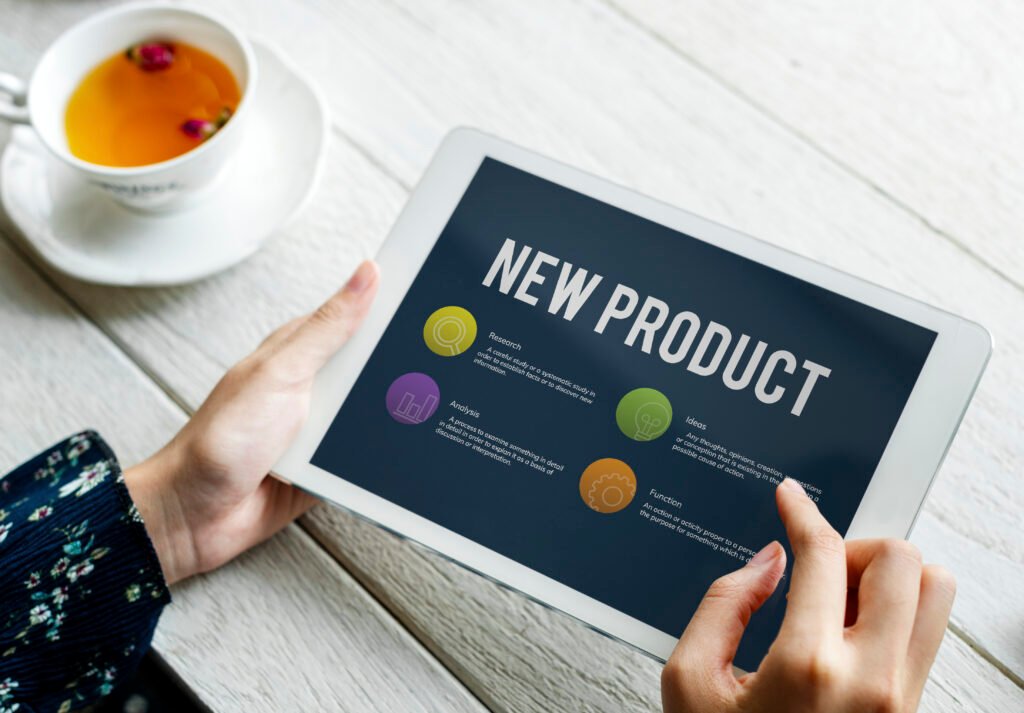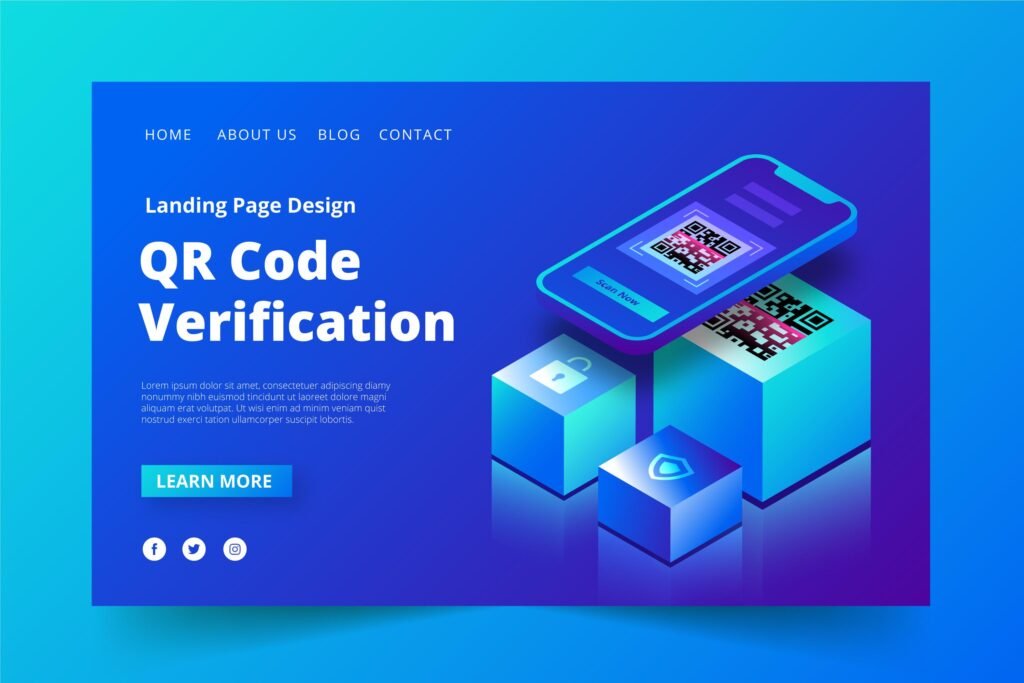Integration with E-commerce: Catalogues That Drive Online Sales
By Mahin, E-commerce Integration Specialist Integrated e-commerce catalogues are generating 34% higher conversion rates compared to traditional PDF flipbooks, according to recent digital commerce research. Yet many businesses still treat catalogues as separate marketing materials rather than direct sales channels. The evolution from print-only catalogues to PDF downloads to fully integrated, shoppable experiences represents more than technological advancement, a fundamental shift in how customers discover, evaluate, and purchase products. Brands that master e-commerce catalogue integration transform passive browsers into active buyers through seamless, friction-free shopping experiences. In 2025, customer expectations have crystallised around one-click convenience and instant gratification. Static catalogues that require customers to manually search for products on separate websites create unnecessary friction that drives abandonment and reduces sales potential. What is E-commerce Catalogue Integration? Seamless Platform Connectivity E-commerce catalogue integration creates direct connections between digital catalogues and online shopping platforms like Shopify, WooCommerce, Magento, and BigCommerce. This integration enables real-time synchronisation of product information, pricing, inventory levels, and purchasing capabilities. Unlike traditional catalogues that function as glorified brochures, integrated systems transform catalogues into active sales channels with full transactional capabilities. Customers can browse, compare, and purchase products without leaving the catalogue environment. Real-Time Data Synchronisation Advanced integration maintains perfect accuracy between catalogue content and e-commerce platforms. When inventory levels change, prices update, or new products launch, these modifications appear instantly across all connected catalogue instances. This synchronization eliminates the costly problem of customers attempting to purchase out-of-stock items or seeing outdated pricing information that creates frustration and abandoned transactions. Streamlined User Experience Integration reduces customer journey friction by eliminating the need to navigate between catalogues and separate shopping sites. Products featured in catalogues include direct “Add to Cart” functionality, wish list options, and streamlined checkout processes. Research from the E-commerce Foundation shows that reducing checkout steps by even one click can improve conversion rates by 15-25%, making integration a powerful revenue optimization tool. Online Catalogue Design Essentials Intuitive Navigation Architecture Successful online catalog design prioritizes user-friendly navigation through smart filtering, logical categorization, and predictive search capabilities. Customers should locate relevant products effortlessly regardless of catalogue size or complexity. Essential navigation elements include: Advanced filtering by price, features, categories, and availability Visual breadcrumb navigation showing location within catalogue structure Smart search with autocomplete and suggested products Quick-access favorites and recently viewed sections Rich Interactive Visuals Digital catalogues leverage multimedia capabilities impossible in print formats. High-resolution zoom functionality, 360-degree product views, and embedded demonstration videos create compelling product experiences that drive purchase confidence. Interactive visual elements should load quickly across all devices while maintaining professional presentation quality. Slow-loading visuals create abandonment opportunities that undermine conversion potential. Strategic Call-to-Action Placement Conversion-focused catalogue design positions purchase-driving elements prominently throughout the browsing experience. “Add to Cart,” “Buy Now,” and “Learn More” buttons should appear logically without overwhelming product presentation. Effective CTA strategies include: Persistent shopping cart access from any catalogue page Multiple purchase options (buy now, add to wishlist, request quote) Clear pricing and availability information adjacent to CTAs Social proof elements like reviews and ratings near purchase buttons Mobile-Optimized Responsive Design With 68% of catalogue browsing occurring on mobile devices, responsive design becomes essential rather than optional. Mobile-optimized catalogues adapt seamlessly across screen sizes while maintaining full functionality and visual appeal. Mobile optimization considerations include touch-friendly navigation, optimized image loading, simplified checkout processes, and intuitive gesture controls that feel natural on touchscreen devices. Platform Connectivity: Syncing Catalogues with E-commerce Shopify Integration Capabilities Shopify’s robust API enables sophisticated catalogue integration that synchronizes product data, inventory levels, and customer information in real-time. Advanced Shopify integrations support personalized catalogue experiences based on customer purchase history and browsing behavior. Professional Shopify integration includes automated product updates, dynamic pricing based on customer segments, and seamless checkout processes that maintain brand consistency throughout the purchase journey. WooCommerce and WordPress Compatibility WooCommerce integrations leverage WordPress’s flexible architecture to create custom catalogue experiences that align perfectly with brand requirements and customer expectations. These integrations support complex product variations, subscription services, and membership-based pricing. Magento Enterprise Solutions Magento’s enterprise-level capabilities enable sophisticated B2B catalogue integrations with custom pricing tiers, approval workflows, and bulk ordering capabilities. These features serve complex business requirements while maintaining user-friendly interfaces. API-Driven Integration Architecture Modern catalogue platforms utilize RESTful APIs that enable seamless data exchange between catalogues and e-commerce systems. These APIs support real-time updates, custom integrations, and third-party service connections that enhance functionality. A leading fashion retailer’s Shopify integration reduced cart abandonment by 23% through real-time inventory updates and one-click checkout functionality directly within their seasonal catalogues. Shopping Features That Boost Conversions Shoppable Hotspots and Interactive Elements Advanced catalogues incorporate clickable product tags, interactive hotspots, and contextual information overlays that provide instant access to detailed product information and purchase options. These elements reduce the steps between product discovery and purchase completion. Interactive features should enhance rather than complicate the browsing experience, providing value-added information without overwhelming visual presentation or slowing navigation performance. Wishlist and Save-for-Later Functionality Integrated wishlist capabilities enable customers to curate personal product collections while continuing to browse. This feature extends engagement time, enables future remarketing opportunities, and reduces the pressure for immediate purchase decisions. One-Click Checkout Integration Streamlined checkout processes reduce abandonment rates significantly by minimising form fields, supporting multiple payment options, and maintaining security standards. Guest checkout options accommodate customers who prefer not to create accounts immediately. Cross-Selling and Recommendation Engines Smart recommendation systems suggest complementary products, accessories, and upgrades based on browsing behaviour and purchase patterns. These systems increase average order values while improving customer satisfaction through relevant product discovery. Integrated Social Proof Elements Customer reviews, ratings, and user-generated content build purchase confidence directly within catalogue experiences. Social proof elements should display prominently near product information and purchase options while maintaining visual design consistency. Conversion Optimisation Strategies Analytics-Driven Layout Optimization Heat mapping and click tracking data reveal how customers interact with catalogue layouts, identifying optimisation opportunities for button placement, product positioning, and improving navigation flow. Successful optimization requires systematic testing of different layouts, CTA placements, and interactive elements while measuring









